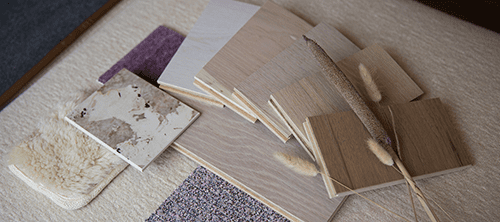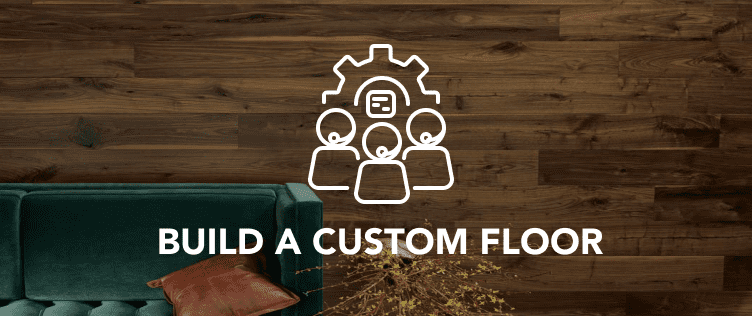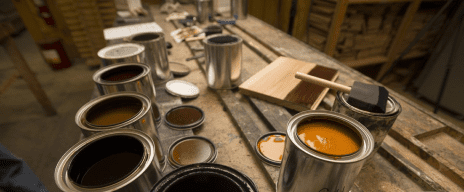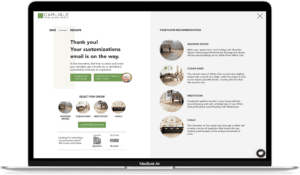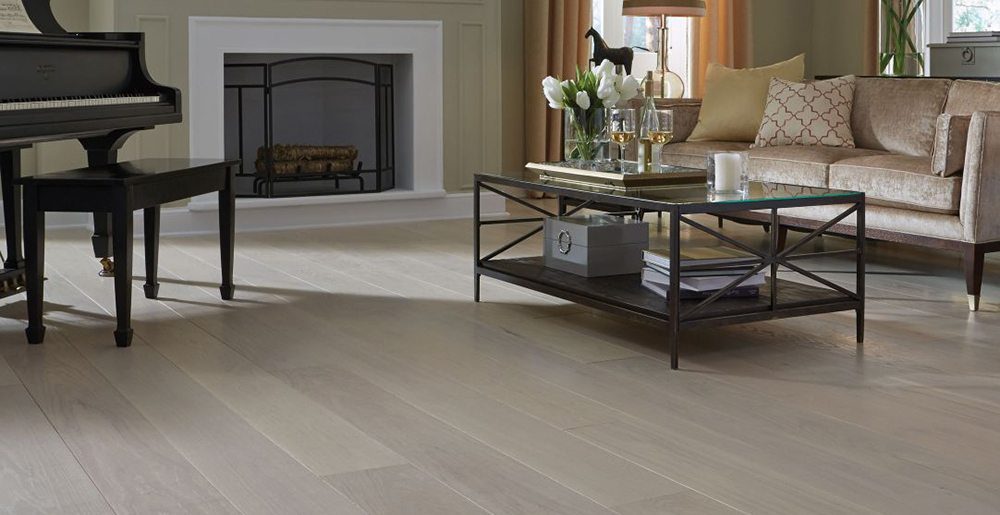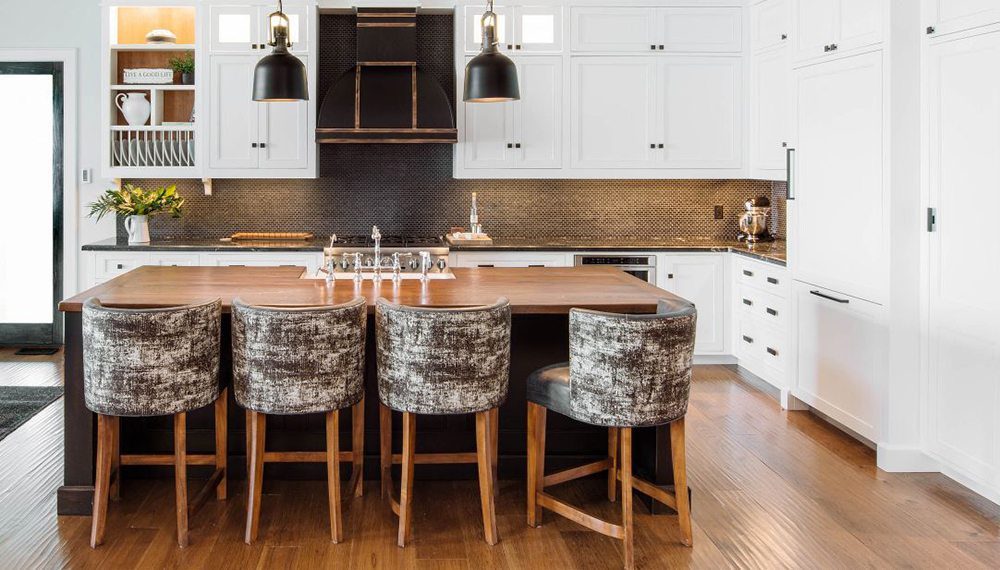Key Ingredients to the Best Wood Floor Design
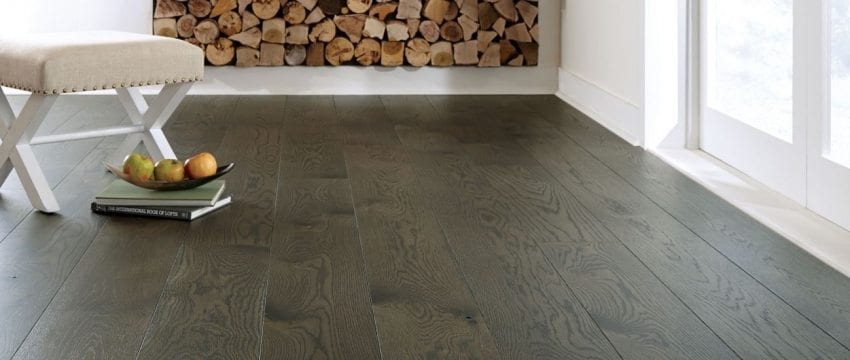
At Carlisle, we give the term “wide” a whole new meaning.
But, the trend of using “wide” plank boards started long before Carlisle, when early colonists, along the Eastern Seaboard, would install wide eastern white pine floors up to 30” wide in their homes — many of which are still in place today. While wide plank pine flooring is a design critical design component for traditional or restoration quality design, these aren’t the only styles that are suitable for wide plank floors.
Given the versatile styles available for wide plank floors today they are sought after for contemporary, industrial, and urban interiors and everything in between; and today we’ll look some examples of different design, the key ingredients to a great wood floor design, and the importance of using a wider board.
The Key Ingredients
There are 5 key ingredients that lay the foundation for a great wood floor design.
- Wood Style: What species or style do I want? Engineered hardwood, cork plank flooring, leather flooring, or perhaps luxury vinyl plank flooring?
- Wood Grade: How formal or rustic do I want it to look?
- Wood Color: Do I want it to be stained or natural and how shiny will the floor be?
- Wood Texture: Do I want the floor to be smooth, rustic or subtly textured?
- Wood Dimensions: How wide and long should my boards be to suit my vision and my spaces?
The foundation for your design is the wood and grade for your new floor. These factors determine the natural character, grain, and color. This ultimately determines how the floor should be finished and whether you will add a texture to the floor, to achieve the desired look. But after those decisions are made, the most important design element is dimension. Many people downplay the importance of this selection. But if you spend a lot of time picking out just the right wood species and color, but choose a floor that is too narrow it will compromise the entire appearance of your floor. This is especially true if you have large rooms, long expansive hallways or high ceilings — or as if often the case, this and more.
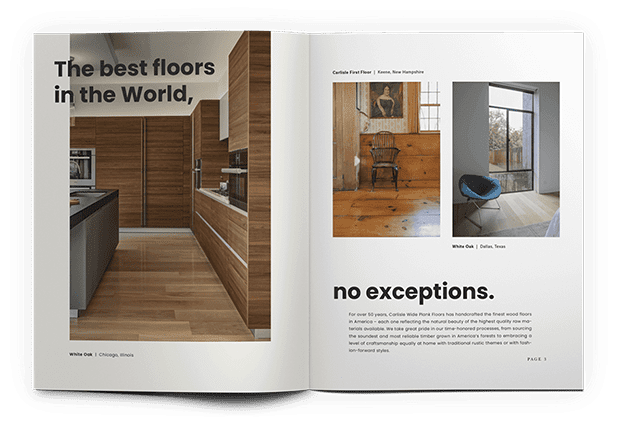
Endless Inspiration for the Floor of Your Dreams
GET DESIGN BOOKWhat is “Wide?”
Before you can understand how width plays a critical role in your overall design you want to understand the perception and the reality of the current market.
In the market today, a 5” wide board is considered wide, but only relative to what was typically offered in wood flooring. The predominant wood floor covering of the last 30 or more years has been 2 ¼” wide — 3 ¼” wide strip oak flooring. When compared to this dimension, All 5” is at least wider than these narrower products offered by most commodity manufacturers.
Conversely, Carlisle, a small niche manufacturer, offers an average board width of 8-10” wide, with some flooring designs available up to 12-19” wide (like historic, restoration quality pine floors). This is nearly double the widest width of most flooring on the market.
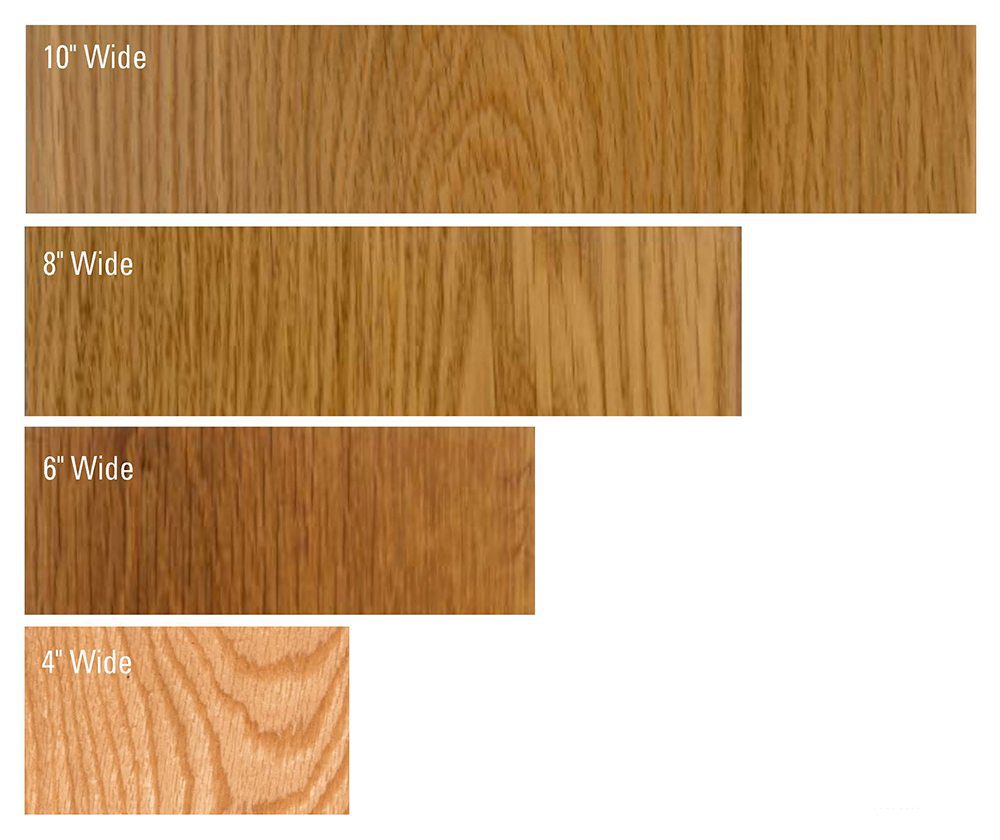
While the perception is that all 5” is wide, the reality is that 5” wide boards are still very narrow. Not only are they narrow but they represent a wood floor design that can be created by any commodity floor manufacturer. For great design, you need unique design features.
So Why Does it Matter?
We thought you’d never ask.
Whether it is a residential or commercial space the wood floor selection will “make or break” the final design outcome. Wider boards are unique and downright sexy. But, more than anything wide plank floors are timeless. Colors trends and textures come and go, they can be sanded off and refinished as the style of a space changes or evolves. But the staying power of a wide plank floor is reflected in the fact that there are a) so many homes with the original wide plank floors still installed after hundreds of years and b) it’s the commodity strip oak flooring that people are ripping out to replace with wide plank boards.
Whether it’s a classic colonial, urban flat, vintage farmhouse or industrial loft every design wants features that make a space less busy and more beautiful.
Consider an example of a 500 SF room and compare Carlisle All 8″ wide plank floor, with standard oak flooring which is an average of only 3″ wide. Carlisle Floors = 125 seams, Standard Oak Floor = 670 seams
Wide plank boards transform a space by minimizing the interruption in the design. It’s a simple formula: Wider boards = Fewer Seams = More Beauty
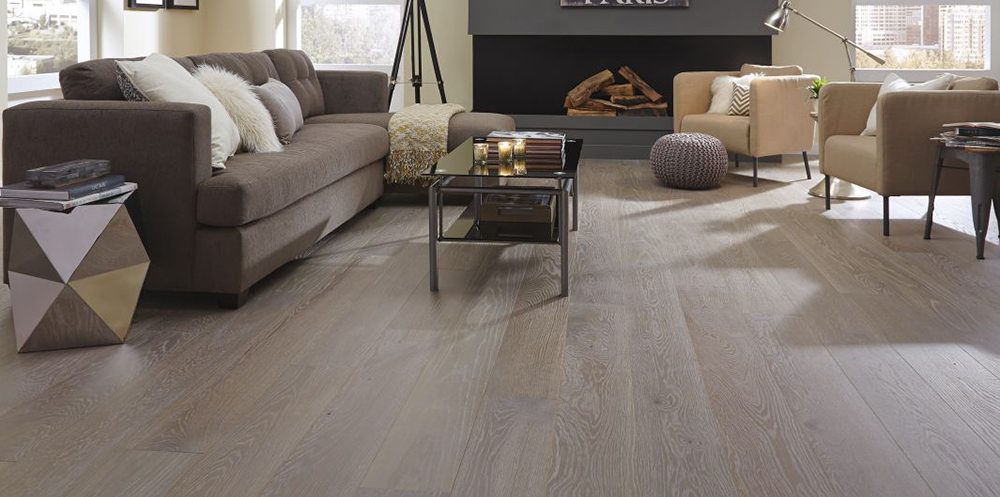
Common Concerns
Some people think that making a wide plank floor is “easy”, you just take the same wood you use to make a 2 ¼” wide, or 5” wide board and just make it wider. That is not the case.
The ability to create a stable wide plank floorboard that is 8-12” wide and 9-14’ long (the average dimensions of a Carlisle floor) requires synthesis throughout the entire supply chain. Achieving the dimensions begins in the forest with the most incredible timber available and is carried thru our entire supply/production model.
It requires a significant investment of time and resources to a year-long air drying process and slow kiln drying methods. It requires a significant investment in technology and equipment but more important the talented craftsman who actually make the floor, not just feed boards through a molder. You can see this investment come to life in Carlisle’s proprietary Slowcraft® process which maintains incredible dimensions, beauty and characteristics that would not survive mass production methods that are automated by a computer program, not by a human being.
Our goal is to maintain and enhance, the dimension, stability, beauty and performance of your floor at every stage of production.
– – – – – –
Looking for great design ideas for your project? Get our free catalog


